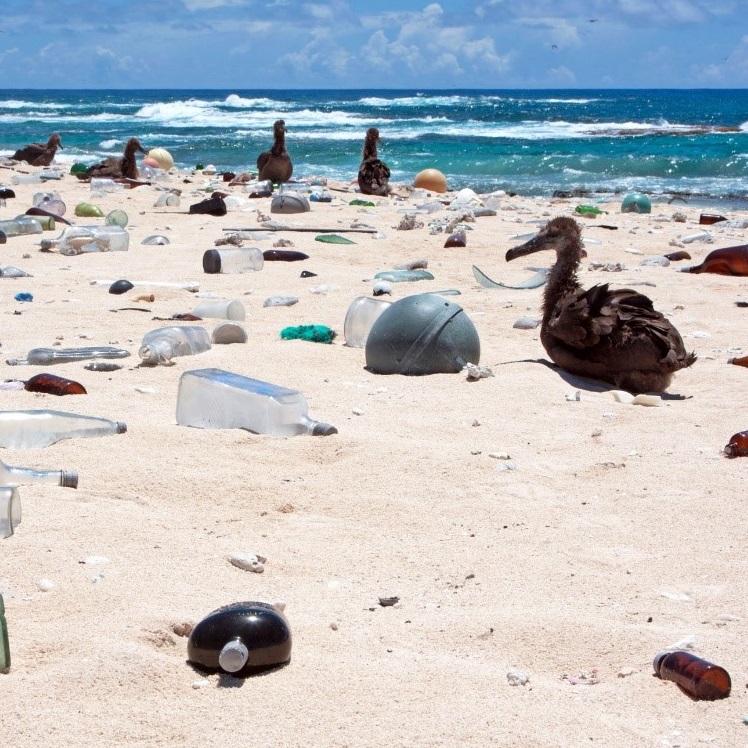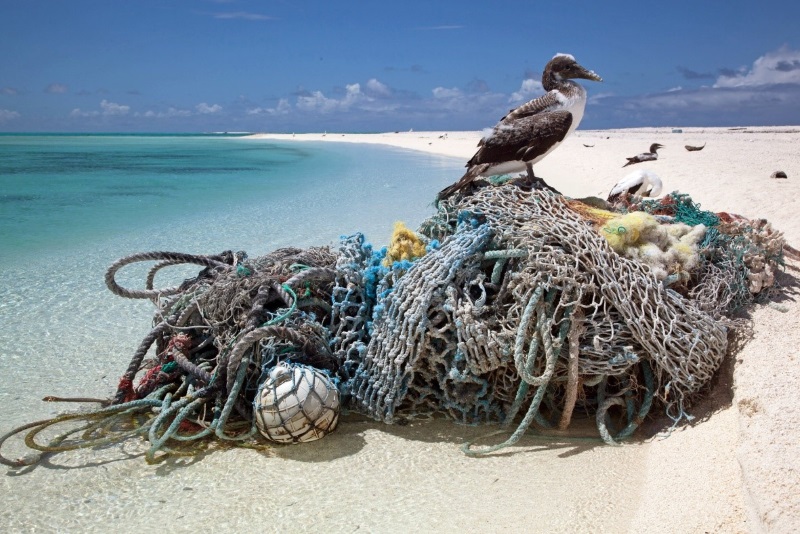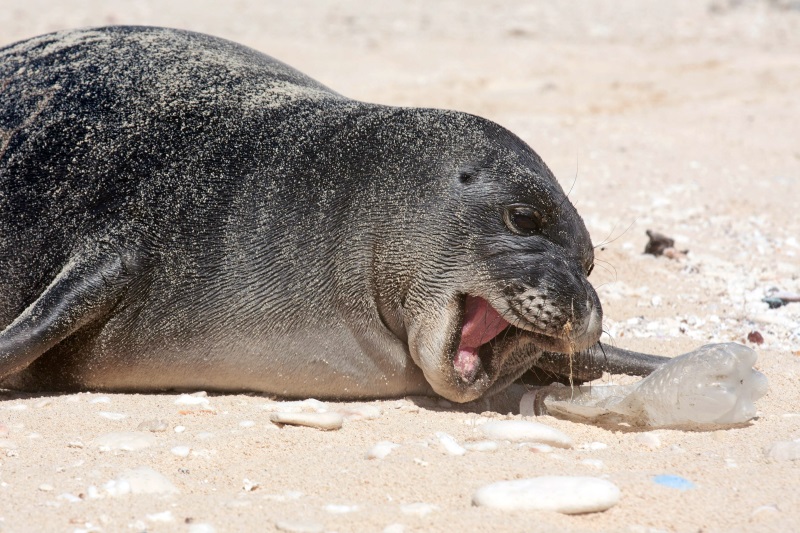A Review article published in Proceedings B links the effects of anthropogenic debris at the individual level to population and ecosystem level effects. Here, we talk to the lead author Dr Mark Anthony Browne about his research.

A Review article published in Proceedings B today links the effects of anthropogenic debris at the individual level to population and ecosystem level effects. Here, we talk to the lead author Dr Mark Anthony Browne about his research.
Can you tell us about your research, and why you became interested in the field?
I first became interested in this field in 2004 while undertaking my Ph.D on the environmental and biological consequences of microplastic. Since then I have been actively researching the sources, fate and impacts of all sizes and types of debris. More recently, I participated in the Marine Debris Working Group at the National Center for Ecological Analysis and Synthesis. Along with my co-authors, I have become increasingly interested in how accelerated contamination of habitats with debris has caused increased effort to determine ecological impacts. In our recent Proceedings B article we reviewed the mechanisms that link effects of debris across lower levels of biological organization to assemblages and populations. Strikingly, we found most work on organisms focused on sublethal responses to plastic debris. We felt this was controversial because (i) researchers had ignored medical insights about the mechanisms that link effects of debris across lower levels of biological organization to disease and mortality and (ii) debris is considered non-hazardous by policy-makers, possibly because individuals can be injured or removed from populations and assemblages without ecological impacts.

Masked Boobie chick on a net ball that washed ashore.
What does your review tell us about anthropogenic debris and the environment?
Our review shows that microplastics reduce the ‘health’, feeding, growth and survival of ecosystem engineers. While larger plastic debris alters assemblages because fishing-gear and tyres kill animals and damage habitat-forming plants and because floating bottles facilitate recruitment and survival of novel taxa.
Where ecological linkages are not known, we show how to establish hypothetical links by synthesizing studies to assess the likelihood of impacts. We also consider how population models examine ecological linkages and guide management of ecological impacts. We show that by focusing on linkages to ecological impacts rather than the presence of debris and its sublethal impacts, we could reduce threats posed by debris.
What are the current hurdles to assessing the ecological impacts of debris?
Most work on debris focuses on toxic effects at lower levels of organization and has ignored many possible ecological effects to populations or assemblages. This is unfortunate, because ecological assessments provide us with critical information about the capacity for debris to alter ecological structures (e.g. assemblages, food-webs) and processes (e.g. competition, predation), including provision of societal services (e.g. maintenance of water quality, biogeochemical cycling, production of uncontaminated food). It also makes it impossible to determine whether management is needed to alleviate impacts.
We urge ecologists who wish to understand how and why populations and assemblages are responding to debris to synthesize evidence that links suborganismal, organismal and ecological impacts. This would provide the understanding to guide assessments of risks and responses to ecological impacts of debris.
How can we alleviate the problems caused by debris?

Endangered Hawaiian Monk Seals with the debris.
To determine whether populations are declining because of debris and which part(s) of the lifecycle are being affected scientists need to focus on the processes that link suborganismal impacts to ecological responses and produce models of populations. This will identify what sorts of management, and at what life-stage, could reduce exposure of the organisms to debris, or could mitigate impacts caused by the debris.
The ultimate goal of policies should be to replace problematic products with safer alternatives (before they are used) by tasking ecologists and engineers with working together to identify and remove features of debris that might cause ecological impacts. Similar approaches are already used to engineer infrastructure ecologically or to make less toxic ‘biocompatible’ medical devices.
What’s next for your research?
There are 2 main pieces of research planned.
- Debris causes ecological impacts, especially on shorelines, but understanding the scope of these requires quantitative information on spatial patterns and trends in amounts and types of debris at a global scale. My colleagues and I plan to investigate spatial and temporal patterns of stranded intertidal marine debris to determine whether there is a picture of global change.
- Microplastics contaminate global habitats and have the potential to infiltrate food-webs, yet we know little about their ecological consequences. Working with colleagues in Australia and the UK we hope to determine how microplastics transfer from the environment to prey, scavengers and predators, and how this affects organism health and ecological processes.
Photographs kindly provided by Jon Brack. All images are from the Papanaumokuakea Marine National Monument in Hawaii.
